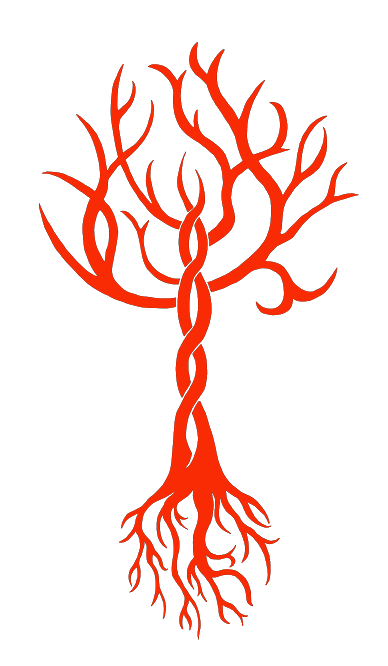Team:Yale/modeling
<!DOCTYPE html>
Developing a Framework for the Genetic Manipulation of Non-Model and Environmentally Significant Microbes
Modeling
Even NonModels need some testing.
Introduction to Modeling
PCR errors are an important problem for all genetic engineering projects, and particularly relevant towards testing MAGE in a new organism. Reliably tracking the mutations created by a MAGE process should take consideration of the errors generated during PCR, given factors such as sequence length, polymerase type, and number of cycles. We developed an interface to calculate the expected share of mutated sequences given this set of user-defined parameters.
Biofilm formation on surfaces is an issue in the medical field, naval industry, and other areas. We developed an anti-fouling peptide with two modular components: a mussel adhesion protein (MAP) anchor and LL-37, an antimicrobial peptide. MAPs can selectively attach to metal and organic surfaces via L-3,5-dihydroxyphenylalanine (L-DOPA), a nonstandard amino acid that was incorporated using a genetically recoded organism (GRO). Because this peptide is toxic to the GRO in which it is produced, we designed a better controlled inducible system that limits basal expression. This was achieved through a novel T7 riboregulation system that controls expression at both the transcriptional and translational levels.
Biofilm formation on surfaces is an issue in the medical field, naval industry, and other areas. We developed an anti-fouling peptide with two modular components: a mussel adhesion protein (MAP) anchor and LL-37, an antimicrobial peptide. MAPs can selectively attach to metal and organic surfaces via L-3,5-dihydroxyphenylalanine (L-DOPA), a nonstandard amino acid that was incorporated using a genetically recoded organism (GRO). Because this peptide is toxic to the GRO in which it is produced, we designed a better controlled inducible system that limits basal expression. This was achieved through a novel T7 riboregulation system that controls expression at both the transcriptional and translational levels.
PCR Mutation Predictor
Forecasting Negative Results
Biofilm formation on surfaces is an issue in the medical field, naval industry, and other areas. We developed an anti-fouling peptide with two modular components: a mussel adhesion protein (MAP) anchor and LL-37, an antimicrobial peptide. MAPs can selectively attach to metal and organic surfaces via L-3,5-dihydroxyphenylalanine (L-DOPA), a nonstandard amino acid that was incorporated using a genetically recoded organism (GRO). Because this peptide is toxic to the GRO in which it is produced, we designed a better controlled inducible system that limits basal expression. This was achieved through a novel T7 riboregulation system that controls expression at both the transcriptional and translational levels.
Biofilm formation on surfaces is an issue in the medical field, naval industry, and other areas. We developed an anti-fouling peptide with two modular components: a mussel adhesion protein (MAP) anchor and LL-37, an antimicrobial peptide. MAPs can selectively attach to metal and organic surfaces via L-3,5-dihydroxyphenylalanine (L-DOPA), a nonstandard amino acid that was incorporated using a genetically recoded organism (GRO). Because this peptide is toxic to the GRO in which it is produced, we designed a better controlled inducible system that limits basal expression. This was achieved through a novel T7 riboregulation system that controls expression at both the transcriptional and translational levels.
Biofilm formation on surfaces is an issue in the medical field, naval industry, and other areas. We developed an anti-fouling peptide with two modular components: a mussel adhesion protein (MAP) anchor and LL-37, an antimicrobial peptide. MAPs can selectively attach to metal and organic surfaces via L-3,5-dihydroxyphenylalanine (L-DOPA), a nonstandard amino acid that was incorporated using a genetically recoded organism (GRO). Because this peptide is toxic to the GRO in which it is produced, we designed a better controlled inducible system that limits basal expression. This was achieved through a novel T7 riboregulation system that controls expression at both the transcriptional and translational levels.

